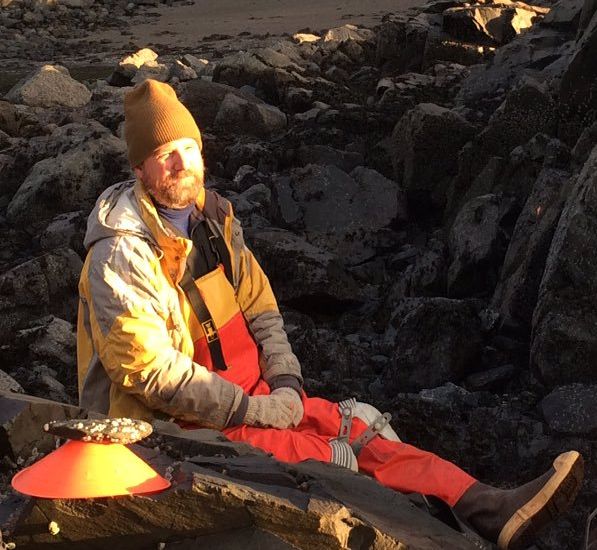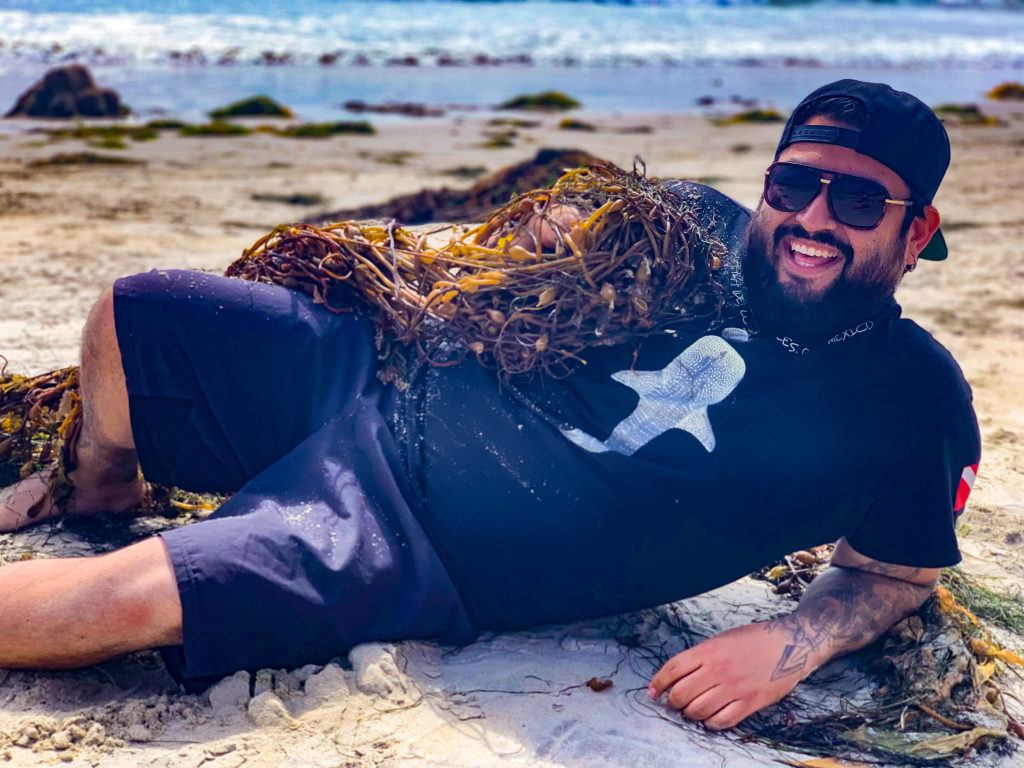Nerd Nite San Diego #43
August 4th, 7pm on Zoom!
“Aquatic Biology”
When it comes to creatures living in the waters, you might have all the questions! The answer lies in the icosahedron! This August, we’re brining you three biology nerds who each nerd out on a unique aspect of marine or freshwater habitat. What are oysters and mussels up to when they think no one is watching? In his marine peepshow, Luke Miller, who spends his time squatting on the rocky shore or in the mud sticking sensors on animals, reveals what makes intertidal communities thrive or fail. How do flatworms re-grow lost body parts? Ricardo Zayas uses freshwater planarians (flatworms) as models to study the molecular basis underlying tissue regeneration. And Ric DeSantiago, a.k.a. DaHood Scientist, “takes the hood to science and brings science to the hood” and helps us understand relationships among intertidal communities!
August speakers:
Luke Miller “Prying into the private lives of oysters and mussels”
To most people, shellfish like oysters and mussels are just rocks with food inside, And frankly, we’re not going to quibble with that viewpoint. But before they arrive on your dinner table, those animals spend years stuck to rocks, piers, boats, or each other, and they make their living sucking up whatever happens to be floating by in the water. It’s not a glamorous life by any measure, but mussels and oysters are doing their part to keep our bays and coasts lively and productive, while avoiding all sorts of threats to their survival. We’re going to take a peek into what they’re doing when they think no one is watching, and try to gain insight into why they flourish or fail.
Bio: Luke Miller spends a lot of time squatting on the rocky shore or in the mud, where he attempts to stick sensors on animals and keep seawater out of sensitive electronics. When not quarantined at home, he spends large chunks of time sitting in an office at San Diego State University where he is an assistant professor of biology, or running around keeping a small child and wife entertained.
Stalk Luke’s work on his website: https://lukemiller.org/

Ric DeSantiago “Inter ecosystem connectivity through marine subsidies: Foodwebs don’t care about your boundaries!”
As ecologists, we tend to focus our specific ecosystems and how organisms within those systems interact with each other and the environment. The more we study these interactions, the better we understand the predator-prey and grazer-plant that make up the foodwebs in our systems. But nature doesn’t care about our definition of an “ecosystem” or where we draw the boundaries. So, if we want to understand the natural world, we need to be the fish who jumps out of the water and explores the land. This is the story of the lessons I learned when I was invited to explore South Coronado Island.
Bio: Ric DeSantiago is a PhD student in the Joint Doctoral Program in Ecology at San Diego State University and University of California, Davis. He works with Dr. Jeremy Long and is a proud member of the #longlabmafia. Ric broadly studies coastal communities and is interested in the connectivity between sea and land. His current research looks at the impact of the invasive seaweed, Sargassum horneri, on rocky coastal communities as it washes ashore. Ric likes to use art in the form of cartoons and short film to communicate science and is always down to nerd out over beers.

Check out Ric’s beautiful art: https://www.dahoodscientist.com/art
Ricardo Zayas “Regaining a sense of touch: lessons from flatworms”
Have you ever wondered if worms can feel gentle touches or feel pain when baiting fishhooks? Animals rely on sensory systems to physically interact with the environment. Specialized cells allow us and worms to detect light, vibrations, temperature, smell chemicals, or feel touch. Impaired sensations can be quite debilitating or dangerous. My lab uses freshwater planarians, flatworms with the remarkable ability to replace injured tissues, to study how animals can regenerate sensory cells. Tune in to learn about how our work should offer insights into genetic mechanisms underpinning sensory cell repair, function, and disease.
Bio: Dr. Ricardo Zayas was born and raised in Puerto Rico. Ricardo moved to the mainland to earn his B.S. in Biology from Fairfield University (1993). Motivated by a long-standing commitment to social justice and teaching, he volunteered as a science and math teacher at Loyola High School, a school predominantly addressing the needs of under-served male African Americans in Detroit, MI. Ricardo earned his Ph.D. in Biology from Tufts University (2003) and completed his postdoctoral training at the University of Illinois where he studied stem cell biology and tissue regeneration in planarians. Planarians are really cool (and cute) organisms that are capable of regenerating lost body parts from very small body pieces from a population of adult pluripotent stem cells. Ricardo joined San Diego State in 2008, where he runs a research program using planarians as a model to investigate molecular and signaling pathways underlying regeneration of the nervous system.
Watch Dr. Zayas talk about flatworms replicating own cells to grow parts of their body: